They are everywhere—under your feet, overhead, climbing up walls. They make bathrooms feel luxurious or quirky, and kitchens come alive. Tiles are small but mighty. They transform blank surfaces into works of art. But where did this obsession with these colourful, patterned ceramics come from? And why do tiles have such an irresistible pull?
These tiny squares (or hexagons or fish scales—you name it) continue to catch my eye.
A brief (and colourful) note on tile history
Humans have been forming and baking clay into decorative forms for thousands of years. I did some Googling so you don’t have to and the Mesopotamians were among the first to use glazed bricks to decorate their walls. (Apparently they were partial to dark blues and golds—not my top colour combo, but I can can appreciate it.)
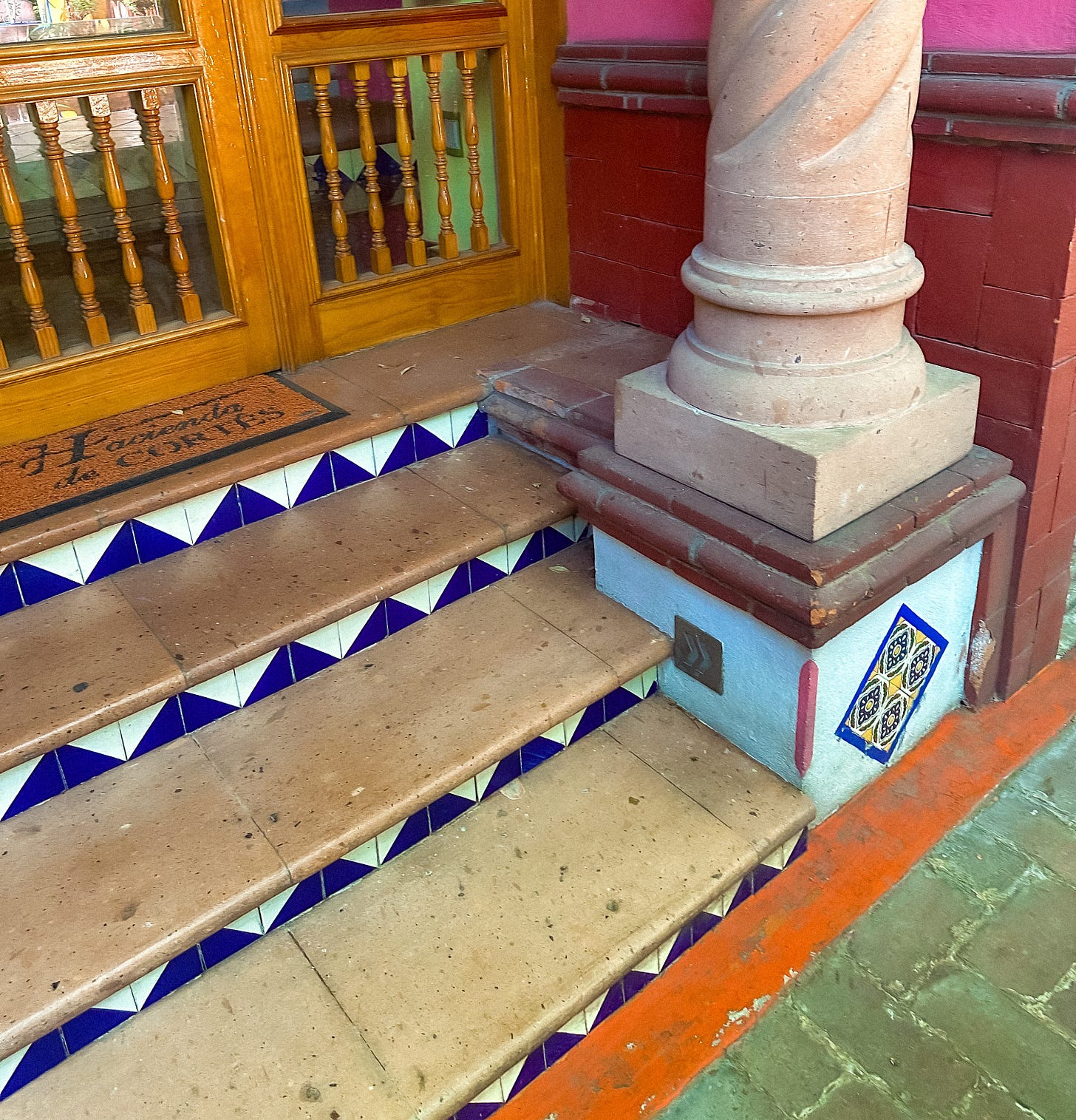
I love tiles in interior design because they add colour and texture, but they’re are also durable and therefore practical.
Different cultures have developed their own signature tile styles over the centuries. In Portugal there are those iconic blue and white azulejos tiles, painted to tell stories on the façades of churches and train stations.
I think we love tiles because they’re both practical and poetic. They resist water and wear, but they also hold history and artistry in every square inch. Tiles tell stories of place and time.
In Morocco, zellige tiles, with their hand-chiseled edges and kaleidoscopic patterns, turned simple surfaces into mesmerizing visual tapestries.

Why so colourful?
The vivid hues and patterns in traditional tile work weren’t just about aesthetics—they carried meaning. In Islamic art, geometric tile patterns reflected spiritual ideas of infinity or divine perfection. In Portugal and Spain, tiles kept homes cool, but also added a colourful element of storytelling to walls.
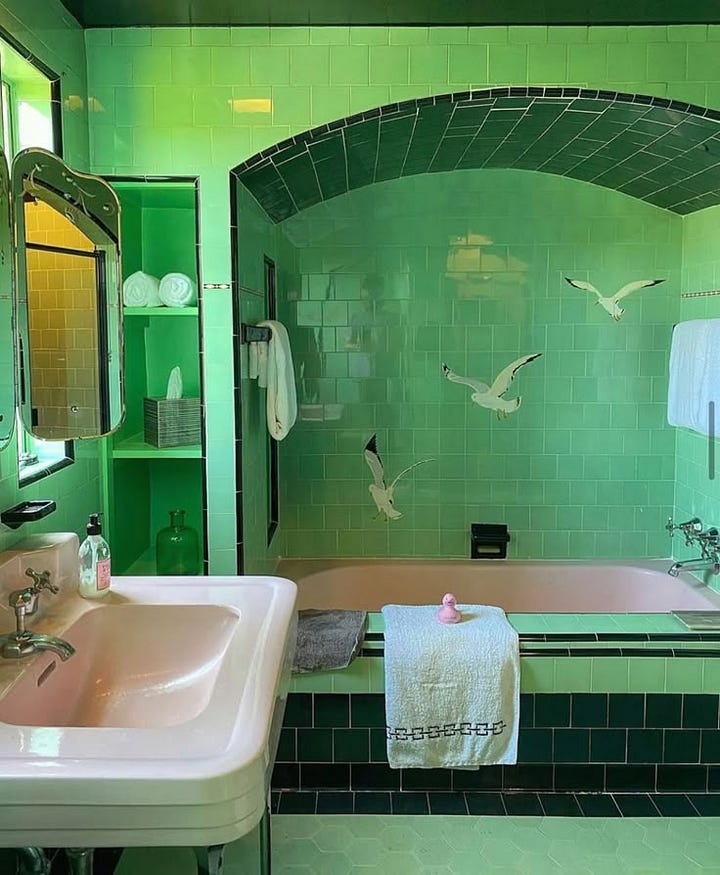
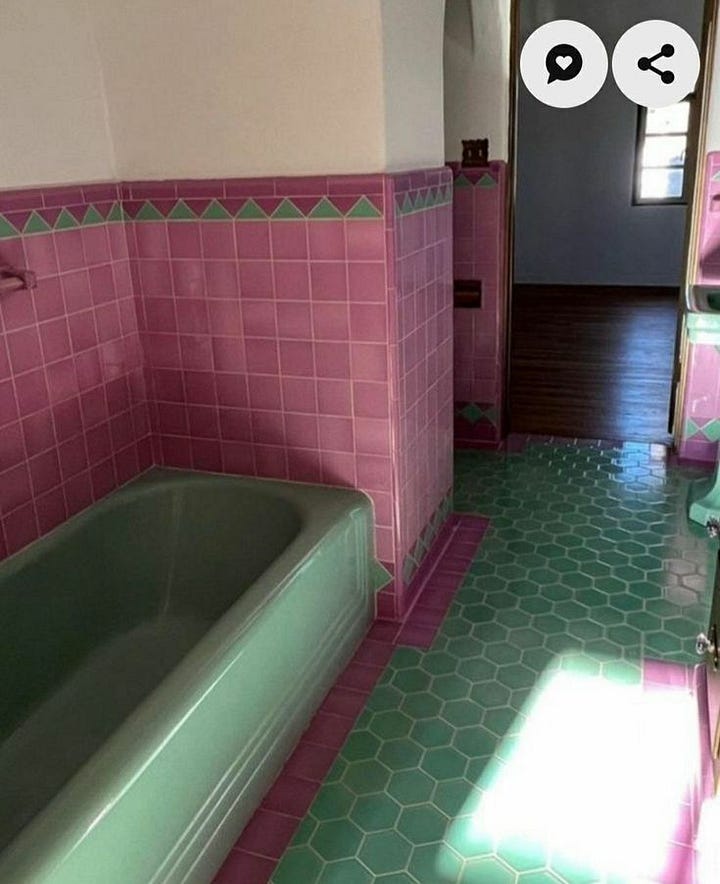
The pigments themselves often came from natural minerals, like cobalt for blue, iron for red and copper for green. Beyond their historical and cultural significance, colourful tiles just feel good. They catch the light, creating a shimmering, ever-changing surface. They break up monotony with pattern and rhythm. They make a space feel considered, layered, alive. A single tile may be beautiful on its own, but when multiplied—it’s pure magic!
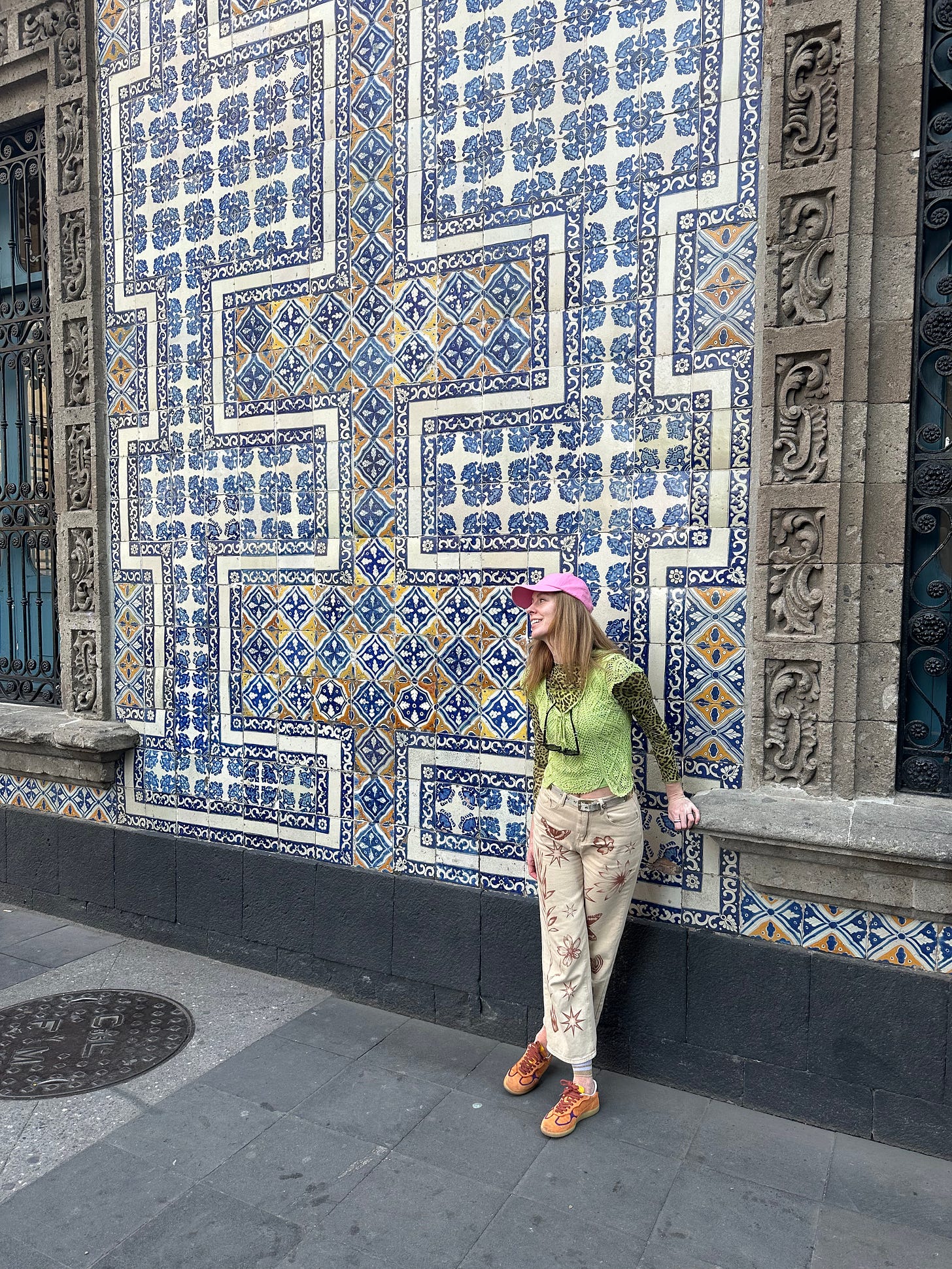
I don’t know if you can even say that tiles are having a bit of a renaissance when they haven’t really gone anywhere. Yes, subway tiles have been the default choice for the last decade plus, but more people are embracing bold patterns, unexpected shapes and rich, hand-glazed textures. Checkerboard floors in high-contrast hues? Absolutely. Terrazzo-like speckles? Give me more.
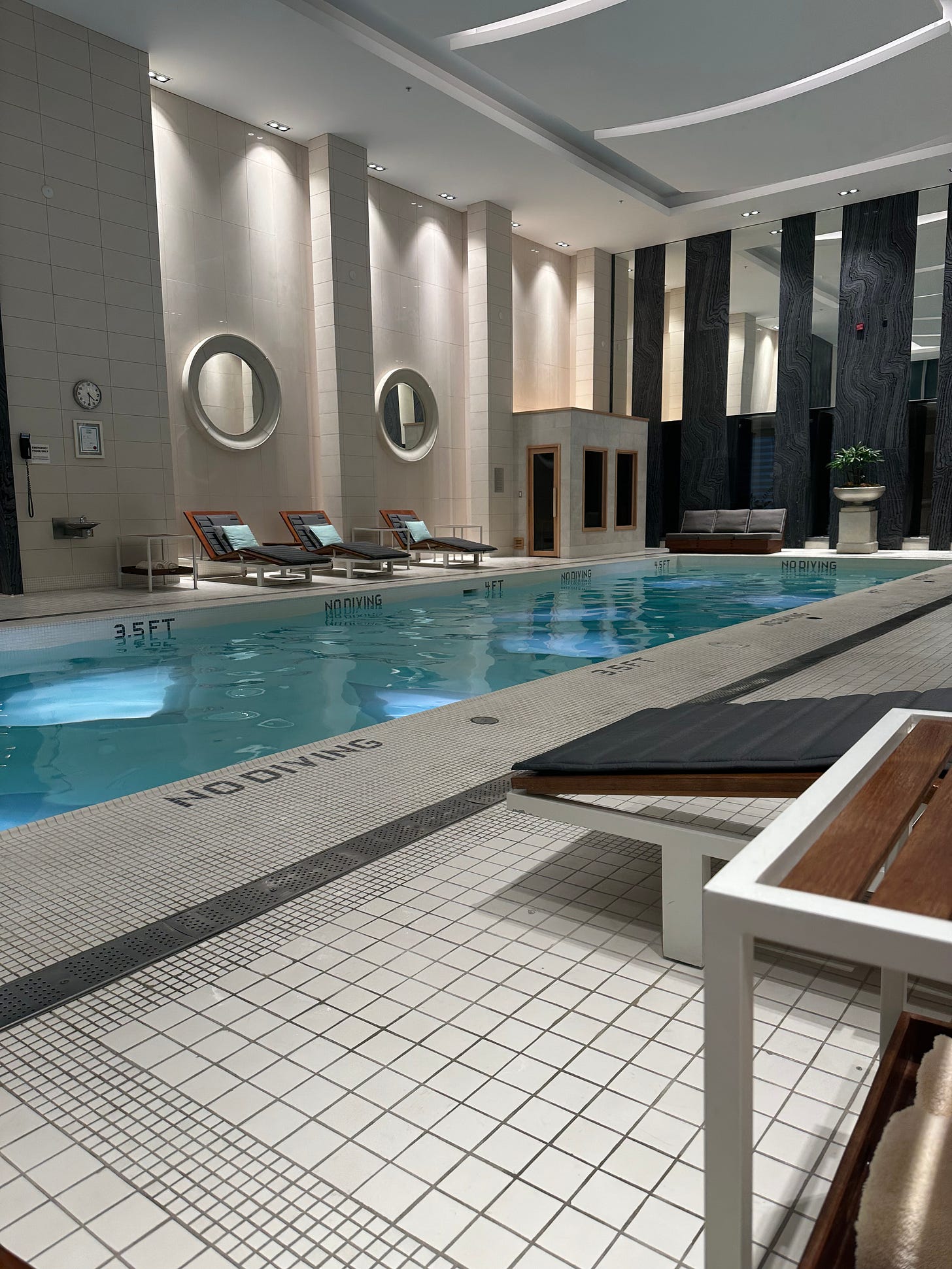
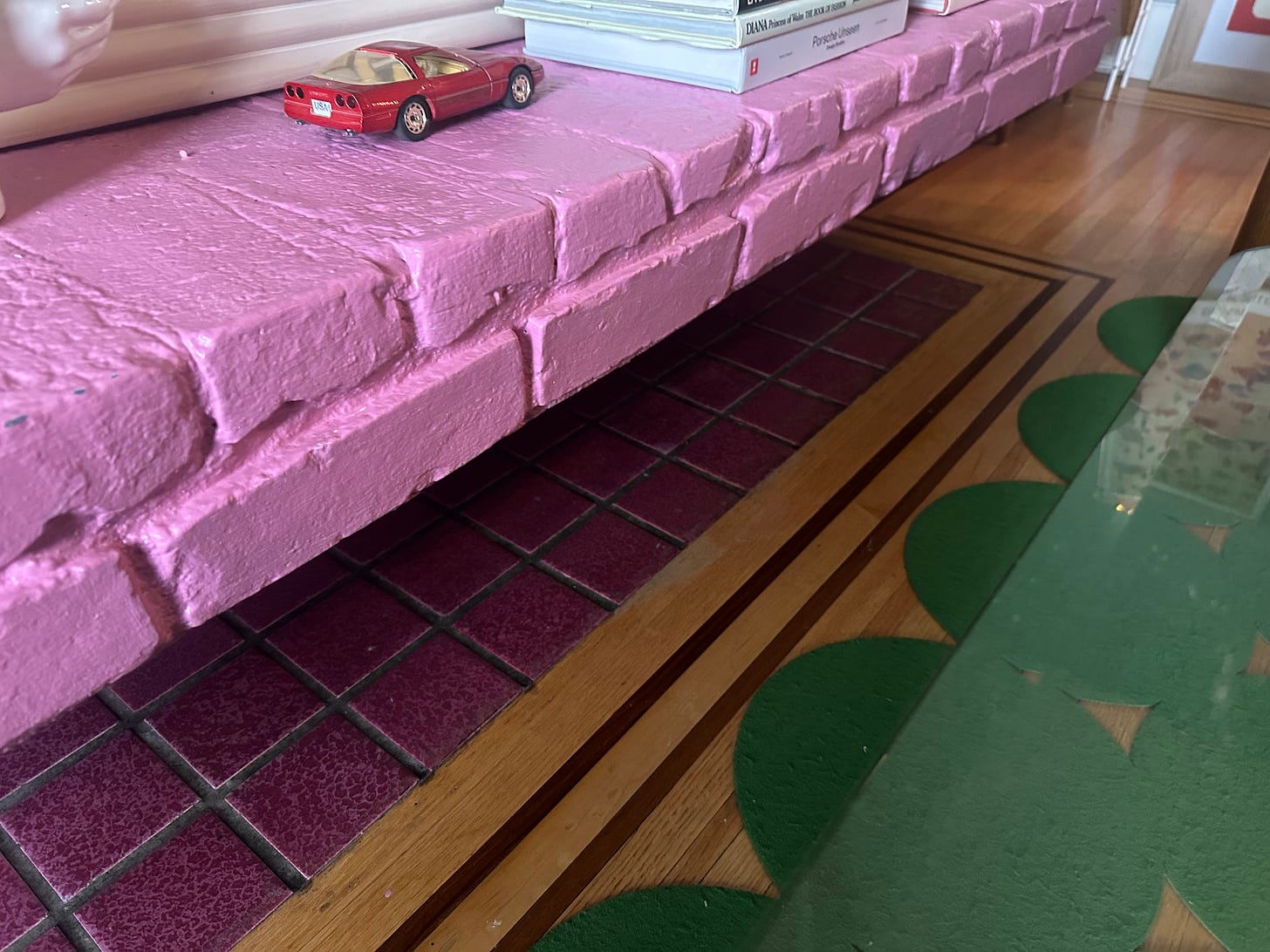
I think we love tiles because they’re both practical and poetic. They resist water and wear, but they also hold history and artistry in every square inch. Tiles tell stories of place and time.
You know, it’s interesting to me that we’ve become so quick to tear up old bathrooms or backsplashes with tile that decades old. (That’s speaking generally.) Just because the original tiles—maybe they’re burgundy or pink or teal—don’t fit the current home owner’s vision, they’re torn out, nearly impossible to salvage. I get it—people want their space to reflect their personal taste, but where do we choose to preserve and protect original interior elements and the history that comes with it? To me, that’s far more important than the aesthetic of a neutral grey tile from Home Depot.
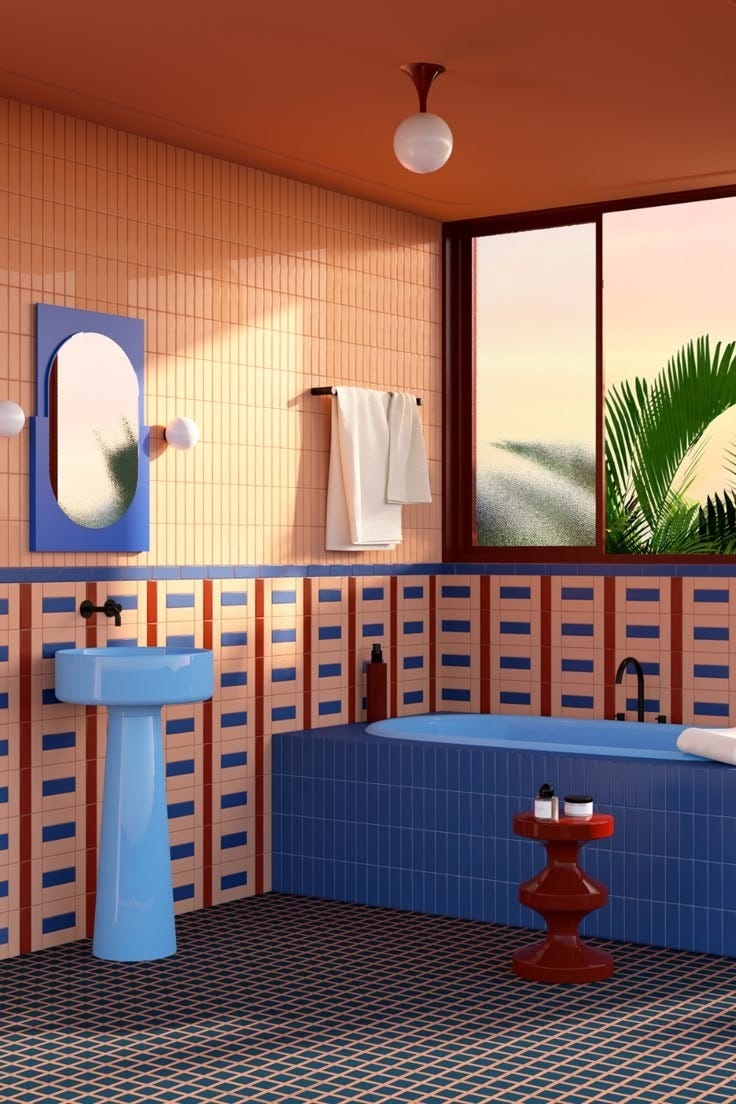
I do want to be completely honest, if not contradictory: I tiled both my kitchen backsplash and upstairs bathroom myself. I used what was available to me: basic white 2x2 square tiles. I found 40 boxes for $10 a piece (retail $90 or something silly like that) and in the name of frugality, scooped them all up for my home DIY projects. So it makes sense: sometime we don’t have a choice given that the average consumer wants white or cream or grey tiles and so that’s what’s most easy to find in stock (or on discount at the thrift store). Still, I was adding these tile to places that had never been tiled before. Had there been original tile in place in either of these spaces, like those plum-coloured ones above that are under my fireplace, I wouldn’t have touched them.
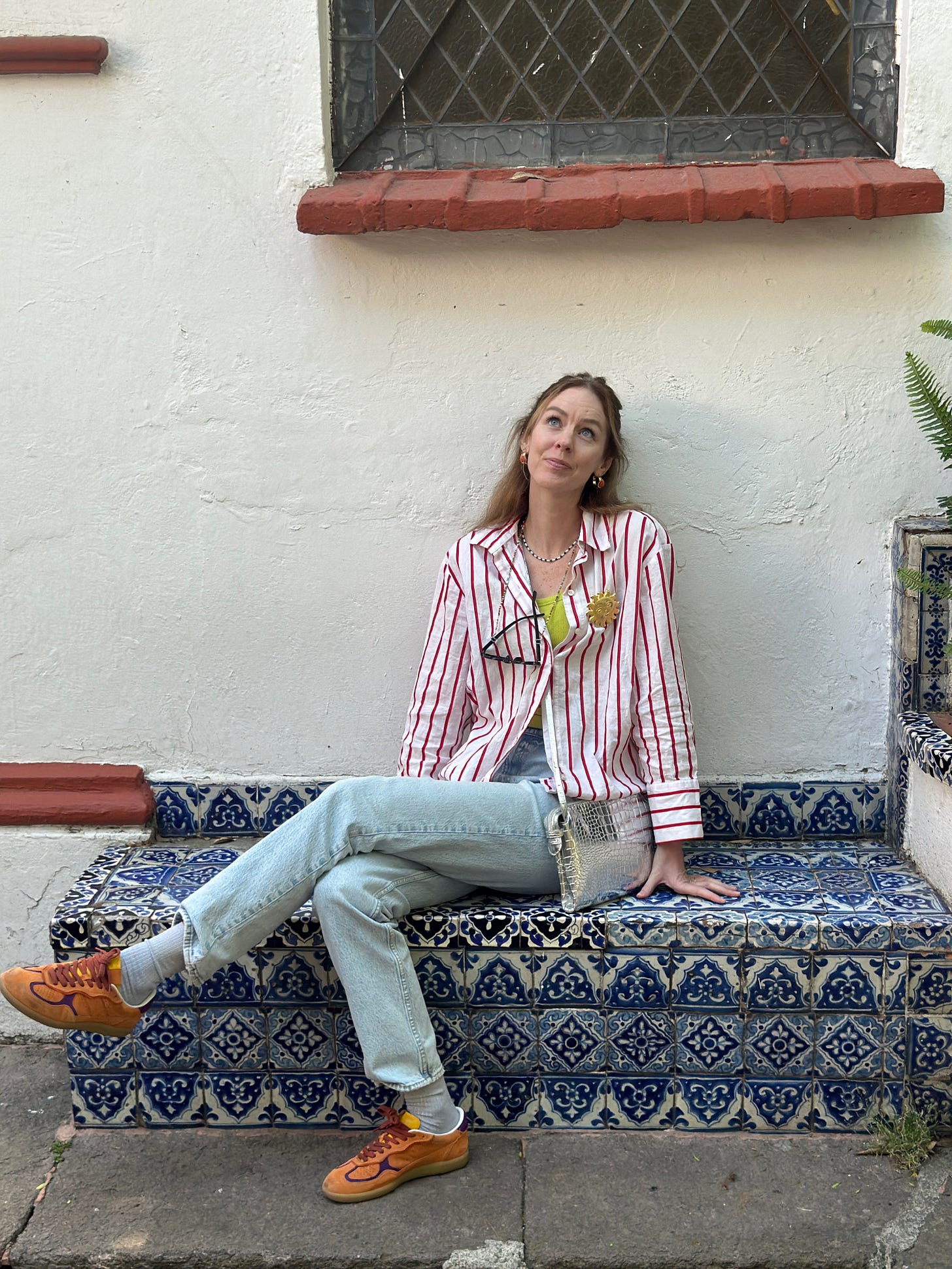
I suppose that’s the big piece for me: preservation vs renovation. A topic for another day—I’m making note.
Tile I’m currently into
Here are some beautiful tiles I’ve saved during my travels around the Internet lately. Maybe you need some inspiration for a project you’ve got in the works… or maybe you’re like me and you just love to admire beautiful ceramic squares. I’ve added a bit of detail to the caption of each image below.
Side note: none of these are affiliate links—I’m sharing because I genuinely admire them.

Tiles within a tile offer so many options to get creative when you’re planning out your space.

Sometimes when I can’t sleep I browse eBay for random items, including vintage tiles. I like to pretend I have multiple bathrooms with unlimited budget to restore.

This person on Etsy will paint your pet on a tile and it’s so stinking cute, I had to mention it.

There are a lot of great online shops where you can search for vintage tile, if that’s your thing. If you don’t already follow @vintagetileshop, today’s the day you start. Her inventory of deadstock tile (like the red ones below that are for sale here) is so impressive and I don’t know how she doesn’t just hoard it all for herself.


So, yes. I’ve been thinking a lot about tiles lately. And honestly? I don’t think I’ll stop anytime soon.
Thanks for being here,
Lisa
Some of Lisa in Colour is free, like this column. But I also dive deeper every Friday for paid subscribers. If you’ve enjoyed this read, please consider subscribing.
Alternatively, if you’d like to toss me some change and buy me a coffee, I am grateful for that, too. It’s a lovely way to support this little corner of the internet. Either way, I’m so glad you’re here.




Beautiful! When renovating our home, I uncovered a boarded-up fireplace with bright blue Victorian tiles. Honestly, it was the best part of the whole renovation project